Introducing Azelast Eye Drops
Azelast Eye Drops, featuring the active ingredient Azelastine, stands as an effective anti-allergy medication designed to address symptoms associated with allergic conjunctivitis, including eye redness and irritation. The mechanism of action involves the inhibition of histamine production, a key factor in triggering allergic responses.
Prescription Requirement
Azelast Eye Drops necessitate a prescription, and the appropriate dosage and treatment duration depend on individual medical conditions. It is imperative to adhere to the usage guidelines provided on the label or as directed by a healthcare professional. Storage recommendations include keeping the medication at room temperature while avoiding exposure to direct sunlight and moisture.
Special Considerations for Usage
Usage of Azelast Eye Drops in children under three years old is discouraged unless prescribed by a pediatrician. It is crucial to communicate your medical history and current medication regimen to your doctor. Pregnant or nursing individuals should seek medical advice before initiating Azelast Eye Drops.
Side Effects of Azelast Eye Drops
Azelast Eye Drops may elicit both major and minor side effects, such as headache, blurred vision, eye discharge, redness, burning or itching of the eyes, and eye irritation and discomfort.
Proper Application Techniques
For external use only, Azelast Eye Drops should be applied following the prescribed dosage and duration provided by the doctor. Users should carefully read the label before application, ensuring the dropper does not make direct contact with the eye. Gently squeezing the dropper and placing the medication inside the lower eyelid is recommended, with any excess liquid wiped away.
Understanding the Mechanism
Functioning as an antiallergy medication, Azelast Eye Drops effectively inhibits the activity of histamine, a chemical messenger responsible for the manifestation of red, itchy, and watery eyes.
Important Warnings
- Pregnancy: Azelast Eye Drops are contraindicated during pregnancy due to potential fetal harm.
- Breast-feeding: Nursing individuals should avoid Azelast Eye Drops as the medication’s presence in human breast milk remains unknown.
Frequently Asked Questions (FAQs)
1. What should I know before taking Azelast Eye Drops?
Inform your doctor if you are sensitive to any of the medication’s components, have vision issues, or have a history of such issues. Disclose all current medications to avoid potential interactions.
2. How safe is Azelast Eye Drop?
When taken according to prescribed dosage and duration, Azelast Eye Drop is considered safe. Adherence to medical advice is crucial to monitor and address any potential side effects.
3. What if I forget to take my Azelast Eye Drop?
If a dosage is missed, take it promptly. However, do not double the dose to compensate, as this may increase the risk of unwanted effects.
4. Does Azelast Eye Drop work effectively?
When used as directed, Azelast Eye Drop is effective in managing allergic symptoms. It is essential to complete the prescribed course, even if improvement is observed, to prevent symptom recurrence.

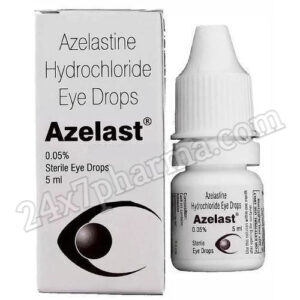
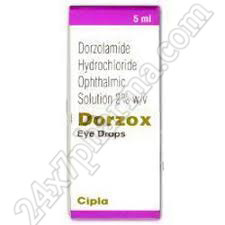
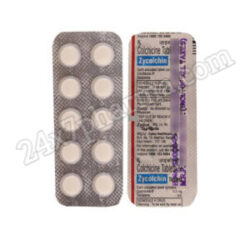
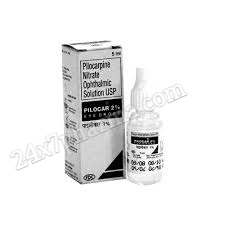
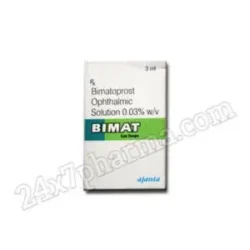
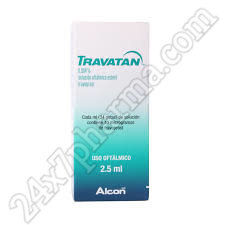
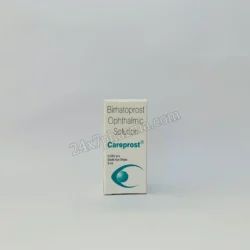
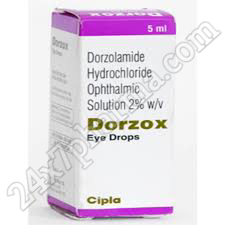
Reviews
Clear filtersThere are no reviews yet.